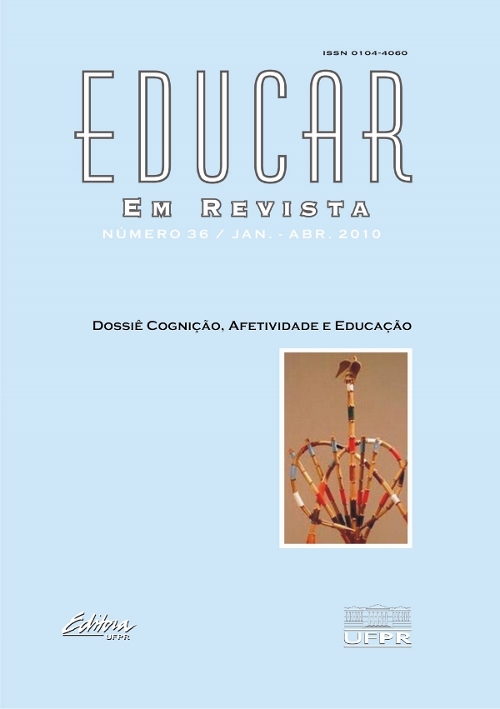The social representations of violence: an exploratory study of undergraduate students from a university in the countryside of Sao Paulo state
Keywords:
Representação Social, Violência, Estudantes UniversitáriosAbstract
The study of social representations is an important methodological resource in gathering daily phenomena knowledge. It aims at abstracting sense from the world and introducing order and perceptions. The violence theme is an old one in Brazil, and it demands to be studied. Academia is a motivating milieu to develop more authentic social models, understand them, and open new representations, demystifying those that do not contribute to human development. This exploratory study intended to survey violence social representations among students in a University in the countryside of São Paulo. Twenty students from exact, human, and biological study fields were interviewed, and the interviews were then qualitatively analyzed using the Alceste software. The results indicate two classes of violence representation: from a social and political perspective; and from a family perspective. Students basing their representations on social aspects notice how the individual is affected by social and political dynamics, tending to perceive violence as stemming from: governmental abandonment; damages from a capitalist system engendering social inequalities; and a lack of common good policies. From a family-based perspective, students emphasized manifestations of physical and emotional violence related to lack of love, family disintegration, domestic violence, and family negligence. Students from the three study areas included both social factors as the violence source. It was concluded that violence social representations suggest scientific knowledge acquisition and there was similarity of reasoning among students from all study areas.Keywords: social representation; violence; undergraduate students.
Published
How to Cite
Issue
Section
License
Copyrights for articles published in Educar em Revista belong to the author, with the first publication copyrights reserved to the journal. The journal offers public access (Open Access), and its articles are of free use, with specific assignments, in educational and non-commercial applications.



